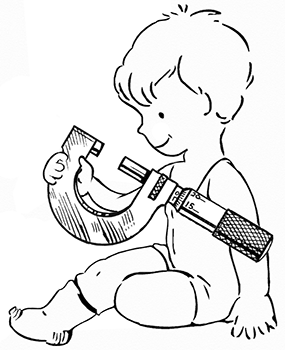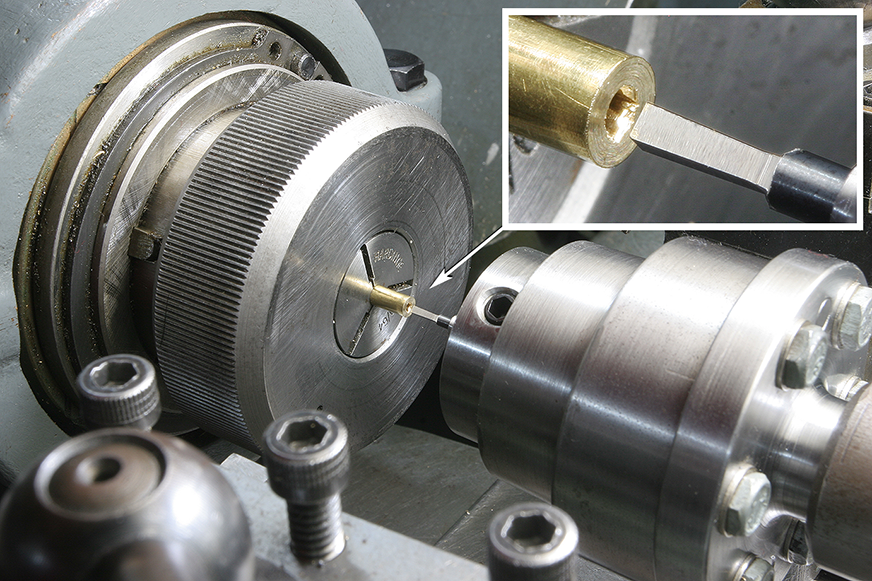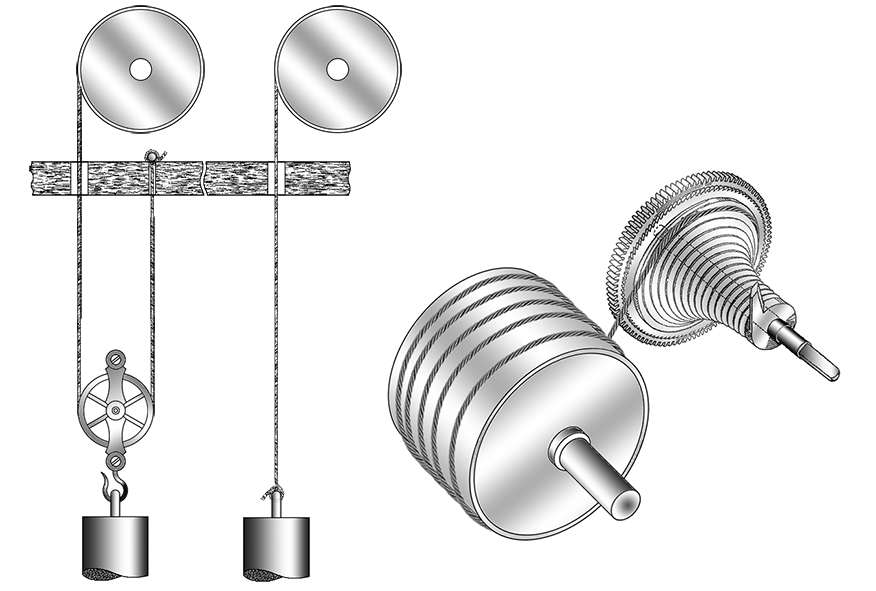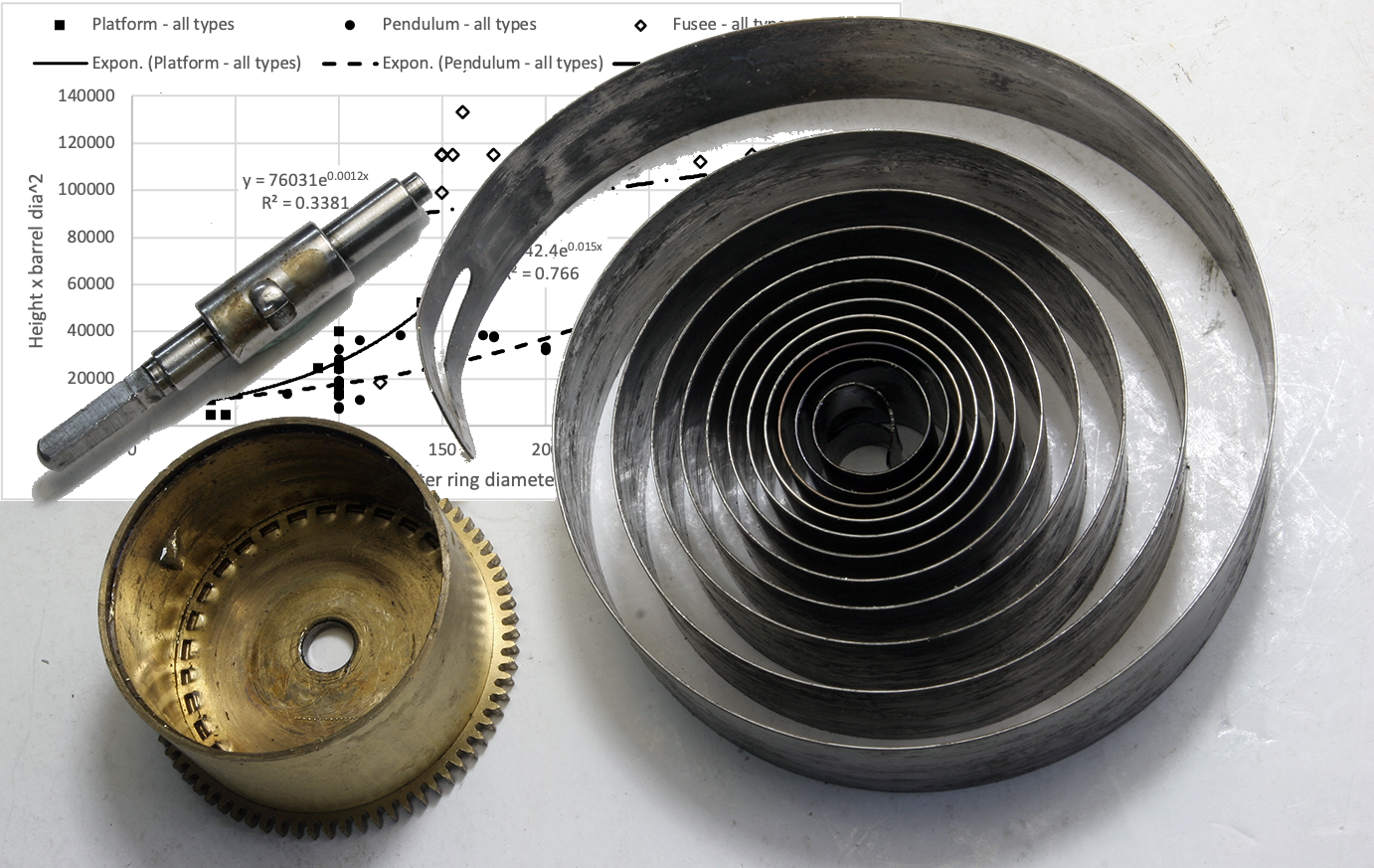© The copyright of this web-site and the text and images appearing in this work and/or in any links and attachments is owned exclusively by the author unless specifically credited. All information may be downloaded and used for personal non-commercial purposes only. Commercial exploitation and/or unauthorized publication on the Internet or elsewhere in any medium whatsoever is specifically prohibited without the express written agreement of the copyright owner.
Neither the author nor any other person mentioned takes any responsibility whatsoever for the accuracy of information published on this web-site and/or in any links and attachments. The responsibility for assessing the suitability of the use of any information and ensuring that any process described or implied as being safe is solely that of the person undertaking or intending to undertake the work.






